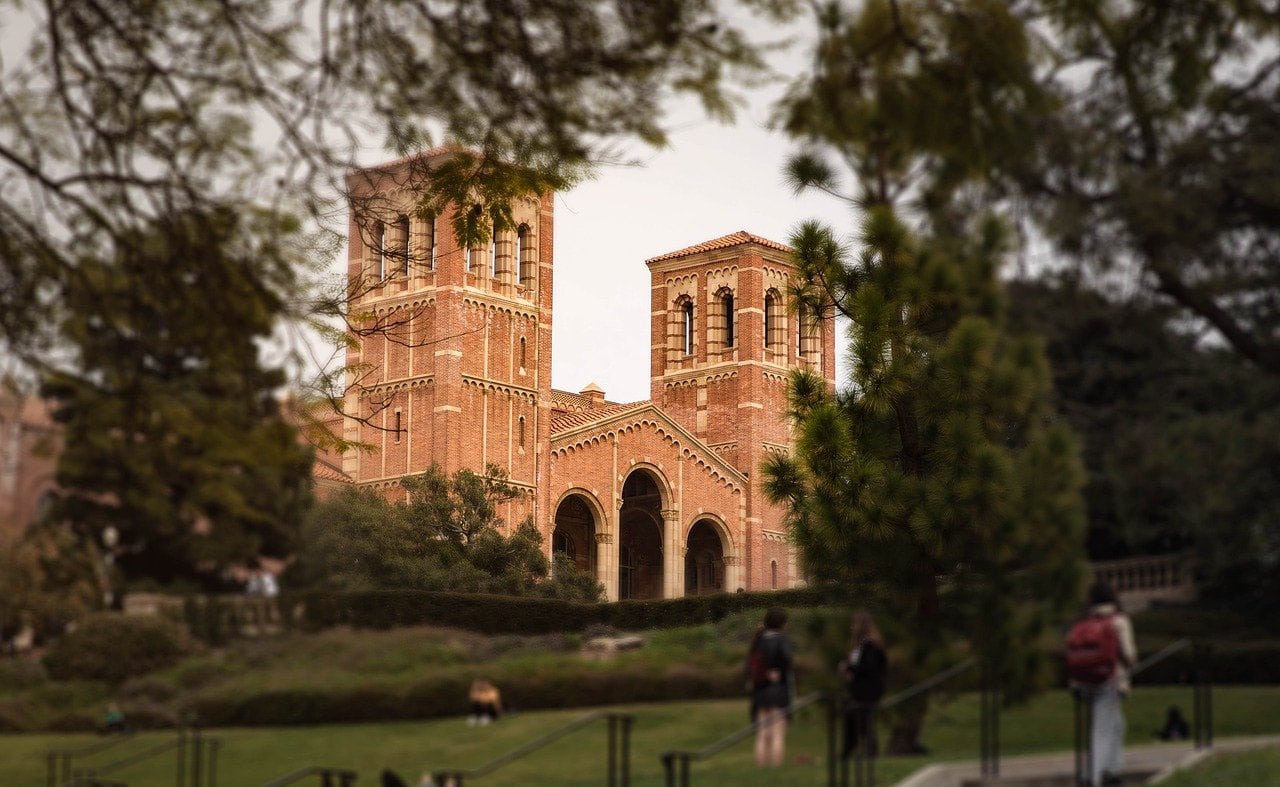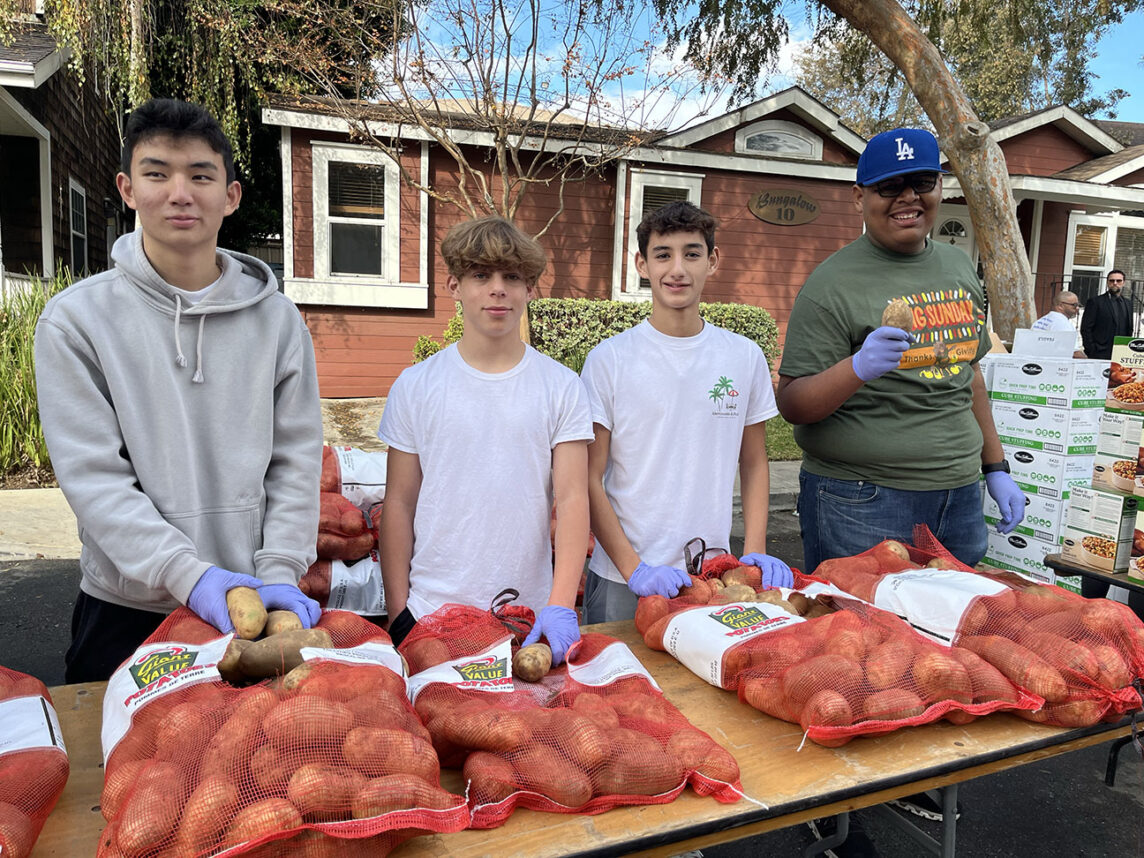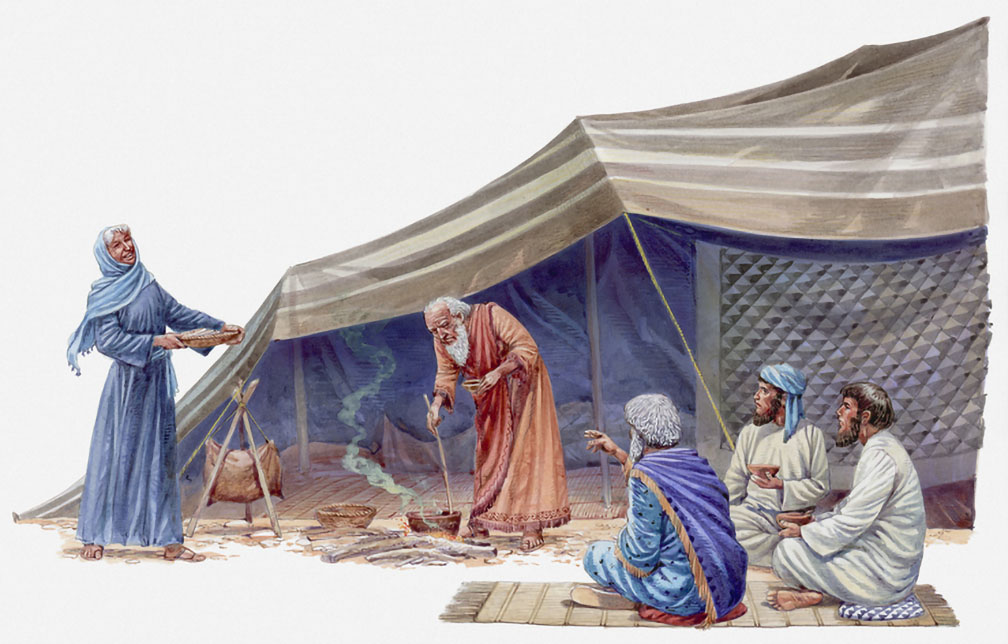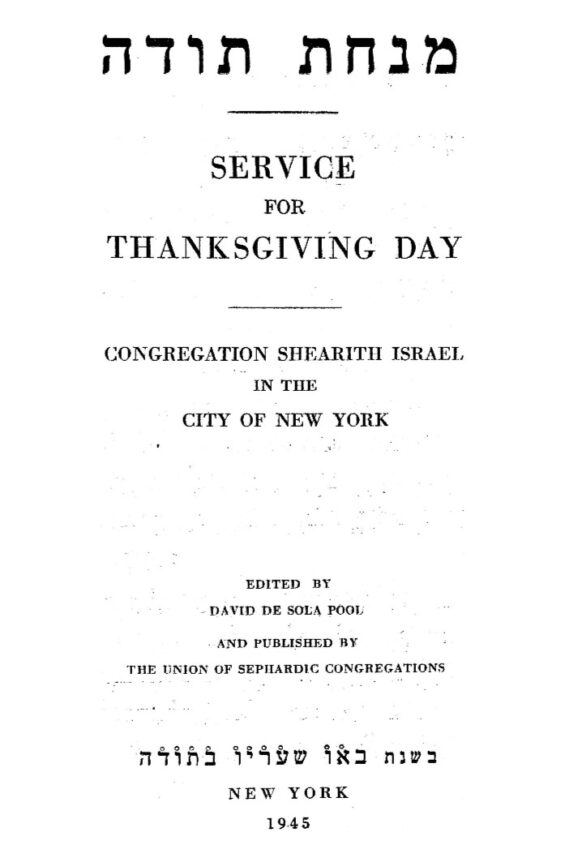An Argentine gaucho lounges near his horse. A Bombay bride displays her upturned palms, filigreed entirely with henna. An Ethiopian boy lights candles with a classmate. A woman poses stiffly in her kitchen in Tashkent, Uzbekistan. What unites these disparate images is that the people depicted in them are Jews, all of them captured in black and white by Israeli-born photojournalist Zion Ozeri.
Ozeri has made a career out of documenting Jewish communal life both in Israel and in far-flung outposts of the Diaspora, like Peru, India, Tunisia and Uzbekistan. The images are compelling. Ozeri has a strong sense of composition, an outsider’s eye for the telling or humorous detail and an ability to play on our emotions with shadow, light and reflection.
At first glance, his photos seem like intimate glances into the lives of people who are vastly different from us. They are rich in atmospheric details — the steam of the marketplace, the rough texture of cobblestones, the ropy muscles of laborers, the weave of embroidery on traditional costumes. But if what draws us at first is the exotic, what makes these images linger in our minds is their universality. Ozeri captures not just the foreignness of these other lives, but their intense humanity. In the process, he illuminates the colorful, global variety of Jewish life. It makes the title of his latest exhibition at the Skirball, "Portraits of an Eternal People: A Jewish Family Album," particularly apt.
Ozeri wasn’t always this passionate about cross-cultural experiences. Raised during the 1950s as an Israeli-born son of Yemenite immigrants, Ozeri’s formative years were spent trying to distance himself from his own family’s cultural distinctiveness. Born in an Israeli transit camp, and later raised in the town of Ra’anana, Ozeri chafed at the ethnic divisions and social prejudices that marginalized Yemenite Israelis. It was a time when Ashkenazim reigned supreme in Israel.
"When I was growing up, I just wanted to fit in," he recalled in an interview with The Journal. "In those days, fitting in really meant distancing myself from my parents’ generation. People my age wanted to be modern, to get rid of the stigma associated with being Yemenite or Sephardic."
Ironically it was his own heritage that propelled him toward cultural photojournalism. An early attempt to study premed in the United States was aborted when the ’73 war broke out and Ozeri returned to Israel to fight. Shortly after his six-month military stint, Ozeri decided to pursue his interest in photography instead of medicine.
After studying in New York, he began freelancing for magazines and newspapers. During a vacation in Israel in the early 1980s, it occurred to him that his own community was a ripe subject for the camera.
"I saw, at this point, that my parents’ generation was disappearing and that, in fact, all the generations of Israel’s immigrants were disappearing and no one was paying attention," Ozeri said. "So I decided to spend a few days of my vacation photographing Yemenites in the community of Rosh Ayin. I took pictures at the local market, and elsewhere around town. I began to appreciate my specific heritage as a Yemenite Jew. I outgrew my embarrassment as a kid and learned to see the beauty in it."
Ozeri’s photographs of Yemenite Jews in Israel became an eight-page photo essay in Moment magazine and ultimately led to a book, "Yemenite Jews: A Photographic Essay" (Schocken, 1985).
His Skirball show, which opened July 1, includes images from more than a dozen countries. However, it’s always Jewish spirit and ritual that are the common threads — from a photo of a challah maker in Chile to a Jewish day school in Zimbabwe.
"What I love is to compare and contrast, to see the beauty in other places, other communities," Ozeri said. "Sometimes, it’s amazing, there are only a few Jews in a given community, and yet, they are still keeping up all the traditions. In that way we are really a global community. I can go to a synagogue anywhere and I open the siddur and it’s a comfortable thing."
Some of the communities Ozeri documents are on the verge of extinction. He cites the 1,000-year-old Uzbekistan Jewish community as a case in point.
"There’s definitely more drama in photographing a community that is disappearing," he said. "You can feel the tension in the air. There is tension between family members. Some are headed for Israel, others to America. Some stay behind. It’s a unique experience."
For future projects, Ozeri is contemplating travel to Western Europe and Cuba. He has begun to see his work in ways that move beyond journalism and art photography into the realm of education.
"The more I am invited to lecture and speak about what I do, the more I begin to see the educational element in my work," he said. "People look at the exhibits and say, ‘Wow, I didn’t know there were Jews here or there, or that they did this or that.’ My feeling now is that if you want to teach about diversity, the Jewish people are a dramatic example."
"Portrait of an Eternal People" is on display at the Skirball Cultural Center’s Ruby Gallery through Aug. 31. 2701 N. Sepulveda Blvd., Los Angeles. Free. Noon-5 p.m. (Tuesdays-Saturdays); 11 a.m.-5 p.m. (Sundays). For more information, call (310) 440-4500.



















 More news and opinions than at a Shabbat dinner, right in your inbox.
More news and opinions than at a Shabbat dinner, right in your inbox.